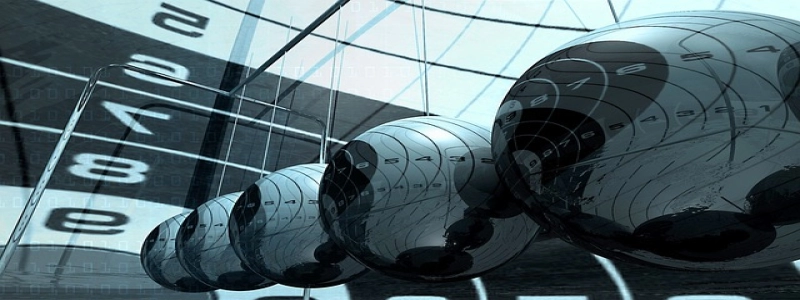Conduit for Ethernet
Introduction
=============
In today’s digital world, Ethernet has become the standard for connecting computers and devices in networks. To ensure a reliable and efficient connection, it is essential to properly install and protect Ethernet cables. One of the key components in this process is the conduit. In this article, we will explore what a conduit is, its importance in Ethernet installations, and how to choose the right conduit for your needs.
What is a Conduit?
==================
A conduit is a protective tube or pipe used to encase Ethernet cables. It provides physical protection, prevents cable damage, and helps maintain the integrity of the network. The conduit can be made of various materials such as plastic, metal, or fiber. It is available in different sizes and can be either rigid or flexible, depending on the installation requirements.
Importance of Conduit in Ethernet Installations
===============================================
The use of conduit in Ethernet installations offers several benefits. Firstly, it provides protection against external factors such as physical impact, moisture, and extreme temperature conditions. This protection is crucial, especially in outdoor or industrial environments where Ethernet cables are more exposed to various hazards.
Secondly, conduit allows for easy cable management and organization. By enclosing the Ethernet cables within a conduit, it becomes easier to route and identify cables, reducing the risk of accidental damage or disconnection. Additionally, conduit helps streamline the installation process by providing a neat and professional appearance.
Choosing the Right Conduit
==========================
When selecting a conduit for Ethernet installations, several factors need to be considered. Firstly, the material of the conduit should be compatible with the environment where it will be installed. For example, plastic conduits are suitable for indoor use, while metal conduits are preferred in more demanding outdoor environments.
Secondly, the size of the conduit should be adequate to accommodate the Ethernet cables and any additional wiring required. It is crucial to choose a conduit with enough capacity to allow for future upgrades or additions to the network.
Flexibility is another important consideration. Flexible conduits are suitable for installations that require bending or maneuvering of the cables, while rigid conduits are better suited for straight cable runs or areas with limited space.
Lastly, ensure that the conduit meets the necessary industry standards and certifications for Ethernet installations. This ensures that the conduit is of high quality and can effectively protect the cables.
Conclusion
==========
In summary, a conduit plays a vital role in Ethernet installations by providing physical protection, cable management, and a professional appearance. When selecting a conduit, it is important to consider factors such as material, size, flexibility, and compliance with industry standards. By choosing the right conduit, you can ensure a reliable and efficient Ethernet connection for your network.








